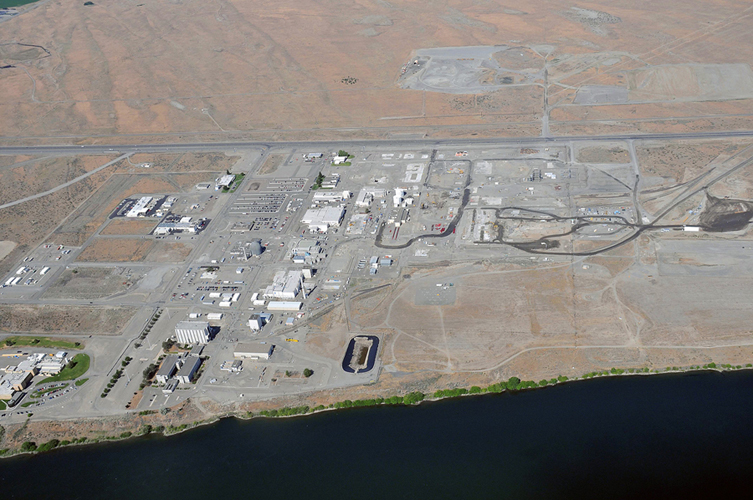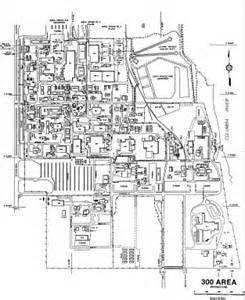Notes on public meeting held at the Seattle University Heights Center on July 31, 2013 by the United States Department of Energy (USDOE) at Hanford to explain planned cleanup of Hanford 300 Area and solicit public comment.
Part 3 of 4
The question and answer period came next. A rep from Hanford Challenge, a non-profit group, brought up the question of thorium. He said that he had found high levels of thorium while exploring the 300 Area and that there was a legend on the map that said thoria trench. The geologist said that they found no significant levels of thorium on the site but did not explain about the trench.
Someone questioned the ability of the DOE to maintain fences and guards over a period of decades and asked about the possibility of changes to the industrial zoning. They were assured that DOE would be able to do it safely.
Washington State Representative Gerry Pollet who is also with Heart of America Northwest raised the issue of the acceptable contamination level. He had an argument with one of the Hanford reps who insisted that they were going for the one in ten thousand cancers and not the eight in ten thousand cancers that had been in one of the Hanford documents about the project.
Following the Q & A, came the time for formal comments. I always find it strange at this type of meeting that the formal comments are on the record but the Q and A section is not on the formal record. If I were cynical, I would think that the people answering the questions were reluctant to have their answers on the record.
A man with the Washington Physicians for Social Responsibility brought up the fact that there was no mention of the possibility of biological reconcentration of the uranium by plants and animals downriver from Hanford.
The man from Hanford Challenge brought up the thorium again and pointed out that there was definitely high levels of thorium in the 300 Area that needed attention.
The Native Americans in the area were brought up. Commenters complained that the Indians had treaty rights to use that land and fish the river and they were engaged in those activities right now while the uranium level was unsafe.
Current recreational use of the riverbank by boaters, fishermen, families with children, windsurfers, kayakers and hikers was mentioned. The Columbia River periodically rises and resoaks the soil with containing the uranium. The river then drops back to a low level and the groundwater flows out of springs on the riverbank. This groundwater would carry unsafe levels of uranium, exposing the recreational users.
Another man with the Washington Physicians for Social Responsibility brought up the fact that over eight trillion dollars had been spent creating nuclear weapons at Hanford. The billion dollars that was tossed around as a figure for the cleanup was far too little to do the job quickly and properly but was a tiny fraction of the money spent by the DoD on weapons. A woman said that would seem that the Defense Department could spare a few billion out of the five hundred billion defense budget to clean up their mess at Hanford.
There were several comments from Heart of America members questioning the ability of DOE to maintain control of the fenced of industrial areas in the 300 Area for decades. One member insisted that the cleanup should be done thoroughly and quickly. Another complained about the publicity and low attendance.
For more information on 300 Area at Hanford:
Article from Hanford DOE about 300 Area
Article about Hanford 300 Area from EPA
Pacific Northwest Laboratory article about Hanford 300 Area
Video of 300 Area cleanup plan



